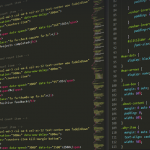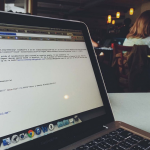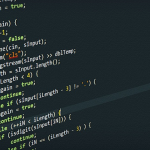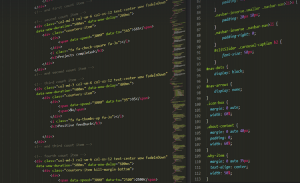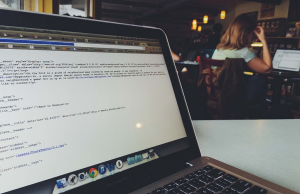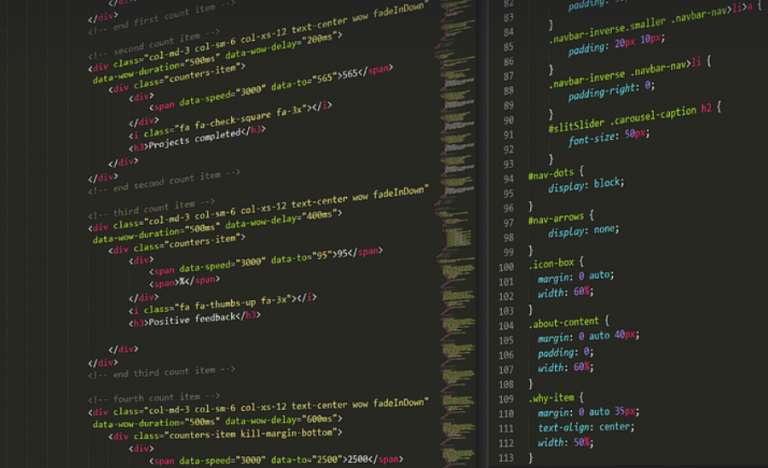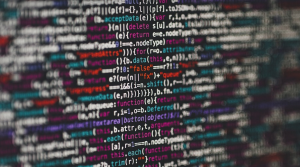A Deep Dive into Applications in Educational Settings
Imagine a classroom where every student’s learning journey is unique, tailored to their individual needs and strengths. This isn’t science fiction; it’s the potential of single subject research (SSR) in educational settings. SSR focuses on studying one individual or small group within a larger population, offering insights into how specific interventions or approaches impact learners.
Before we dive deeper, let’s acknowledge that traditional research often relies on large-scale studies with statistically significant results. But what about the nuances of learning that happen in classrooms? What about that student who excels at writing but struggles with math? SSR provides a more intimate and powerful lens to examine these individual experiences.
Why should educators embrace SSR, you ask? Well, it offers several distinct advantages over traditional research methods. First and foremost, it allows for deeper understanding of the effectiveness of intervention programs or learning strategies on a personalized level. This is crucial for tailoring educational interventions to address specific needs rather than relying on one-size-fits-all approaches.
Picture this: you’re designing a new math curriculum that emphasizes hands-on activities. SSR allows you to observe and document how various students respond to these activities, understanding whether the chosen strategies resonate with their individual learning styles. This kind of feedback is invaluable for refining the curriculum and maximizing its impact.
Second, SSR helps create more individualized instruction. By focusing on a small group or an individual student’s progress, educators gain valuable insights into what works best for them. This could involve tailoring lesson plans to address specific learning gaps, adjusting the pace of instruction based on individual needs, or offering targeted interventions that specifically address their challenges.
Imagine you have a student who struggles with reading comprehension but excels at writing. SSR can help isolate this very specific challenge and guide educators in providing tailored support, possibly through individualized tutoring programs, differentiated reading materials, or even specialized strategies to improve reading comprehension skills.
Thirdly, SSR allows for the development of more accurate learning models and assessment tools. By focusing on the individual’s journey, we can develop more reliable assessments that truly reflect their abilities and learning progress. This ensures that students are accurately measured against expected benchmarks and helps educators tailor interventions effectively.
Instead of relying on a single standardized test score to measure a student’s overall performance, SSR could involve incorporating multiple assessment tools to capture individual strengths and weaknesses. For example, using portfolio assessment methods to showcase the student’s work beyond traditional testing can highlight their unique abilities and provide a more comprehensive understanding of their learning journey.
Beyond the classroom, SSR offers a wealth of opportunities for research within educational settings. We can use this approach to identify effective strategies for supporting students with specific learning disabilities or exploring culturally responsive teaching practices that foster inclusivity and address diverse learning needs.
Imagine you’re researching ways to support students with dyslexia. Perhaps through SSR, we could observe how different intervention techniques impact individual students’ reading comprehension and fluency. This study allows for a more in-depth understanding of the specific challenges these students face and how they can be best supported.
In conclusion, single subject research offers a powerful way to understand and improve student learning, particularly within educational settings. By focusing on individuals and their unique needs, we can create more nuanced and effective interventions that truly benefit each learner. When applied thoughtfully, SSR opens up a whole new dimension of possibility in the quest for better education for all.


